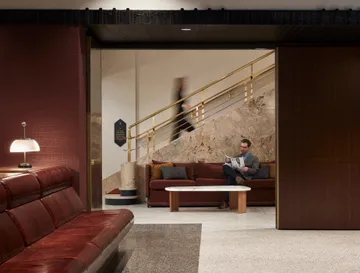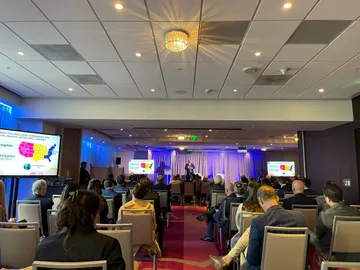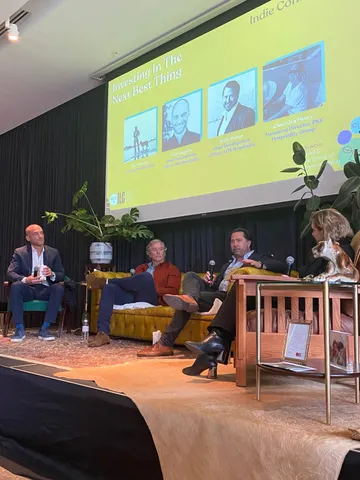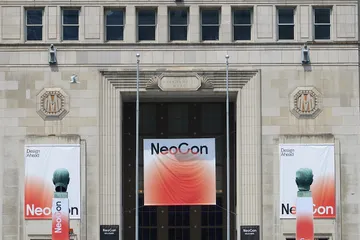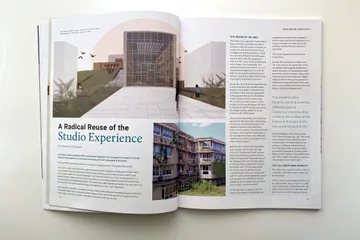Demand for unique travel experiences reigns. The reasons vary from pent up demand post-Covid, an aging baby boomer population, an increase in a workforce that can work from anywhere, and an innate desire for people to share their stories on social media. Travelers want unique experiences that reflect the destination, and many are willing to pay a premium for an experience that embraces the local culture. Extended stay and elevated brands offer the most market growth potential as they cater to the discerning traveler’s needs.
Thoughtful, impactful design is critical to meeting this demand and has the potential to draw visitors and locals, alike. Over the last 10 years, we’ve seen a market shift of hotels blending more with the local community, creating a unique hospitality destination for individuals outside of the hotel guest. By thinking about not only the clients proforma, but also their end user experience, these destinations are designed to support a revenue stream that is not solely dependent on the guests of the hotel.
Using creative but focused design elements that integrate the local culture, hospitality destinations will become increasingly tailored towards show and tell experiences. Inspiration will continue to come from travel and exploration, blending details like textiles, local food, culture and experience. Emerging boutique is blossoming into a source of influence in hospitality, as many small brands look to craft unique experiences for their consumers.
